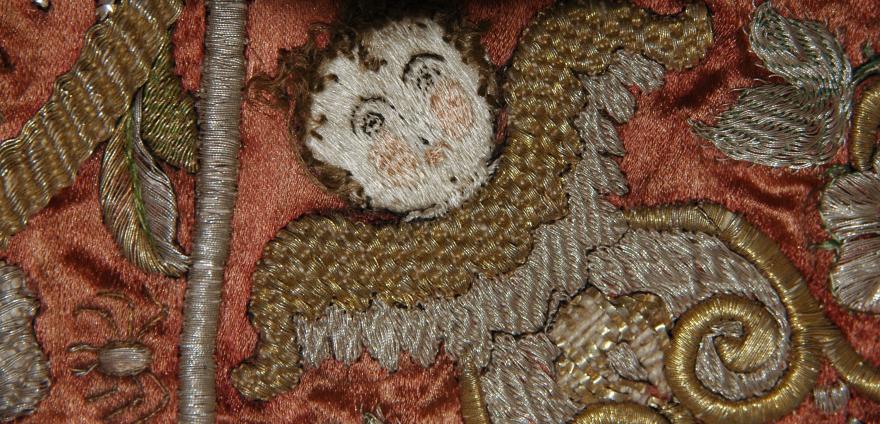
The West Australian town of New Norcia lies 132km north of Perth, and was named after Norcia in Italy, the birthplace of St Benedict. This monastic town began as a Benedictine mission in 1846, and continues many of the traditions brought from Spain by its founders, Dom Jose Benito Serra and Dom Rosendo Salvado (later Bishop until his death in 1900). Today it is a popular tourist destination owing to its remarkable history, architecture, and unique status as the only working monastic township in Australia.
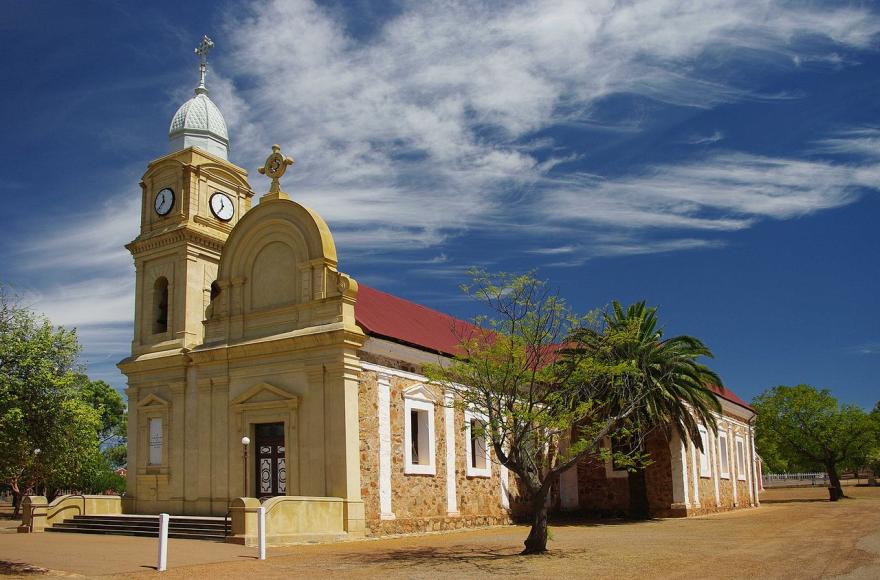
Of the liturgical vestments that Salvado obtained for the monastery, the chalice veil is a beautiful example of 17th century Dutch embroidery, and one of the few of its kind in Australia. Following the award of a Grant from the community the chalice veil was brought to the Materials Conservation Department of the Western Australian Museum for treatment of the corroded metal threads. Upon examination, it appeared that the chalice veil was in remarkable condition for its age, and would require relatively little interventive conservation work in order to stabilise and return the veil for display. All the textile conservation work was done at the Denmark River Textile Conservation Studio by Rinske Car.
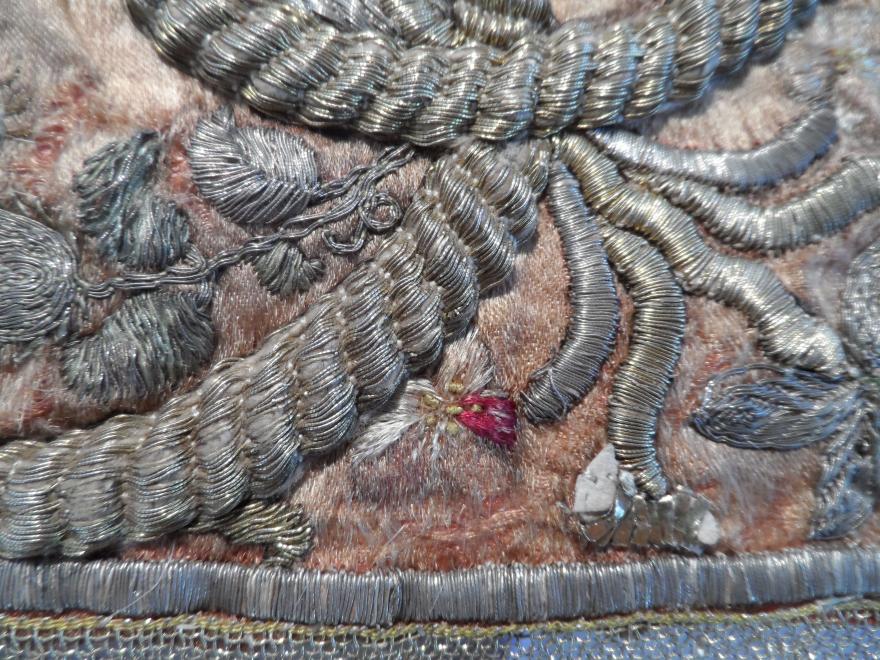
Prior to conservation treatment, it was clear the metallic threads had lost their lustre and there was concern that they were potentially corroding due to a build-up of chloride ions (salts) in the material, present through long-term use and environmental factors. The ubiquitous red dust often associated with the Australian Outback was present in the material, dulling the once-bright gilded silver alloys which were wound around silk threads. Experienced textile conservator Rinske Car, and Director of the Western Australian Maritime Museum Dr Ian MacLeod, brought their expertise to the task with outstanding results.
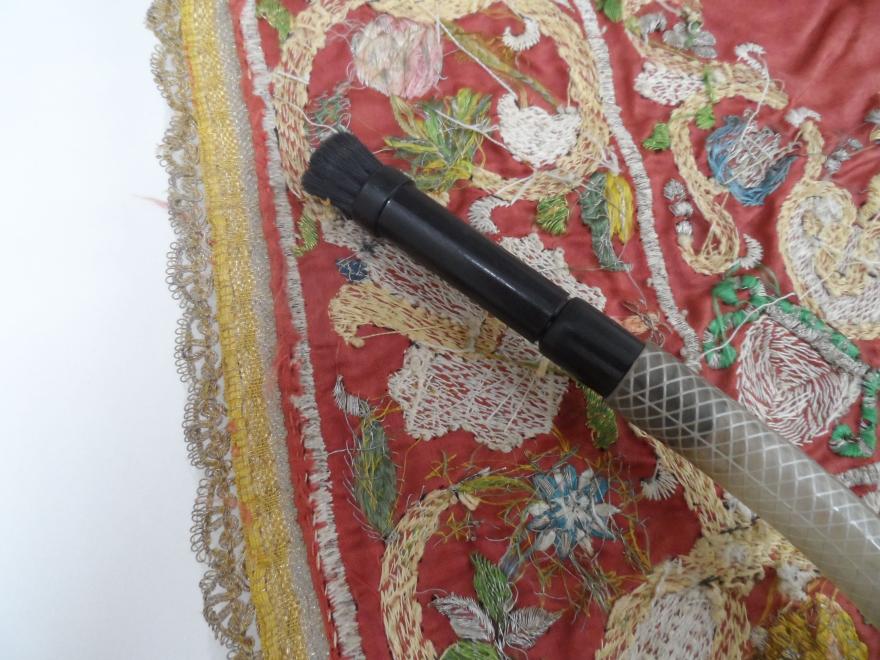
Vacuuming was performed to remove any dust and dirt particles that were trapped in the material. Before washing, surface chloride ion concentrations were determined and these showed higher concentrations around the edges with lower values in the middle of the cloth. Following colourfast tests, gently washing and rinsing the textile allowed readings to be taken for both the corrosion potential of the metallic threads and the changing pH levels of the rinsing solution. This led to the conclusion that the amount of chloride ions (which along with the presence of moisture and oxygen can promote corrosion in metallic objects) in the material was dropping, confirming the efficacy of the treatment protocol. The use of blotting paper and gentle stretching in the drying process allowed the material to be constantly monitored for any potential problems.
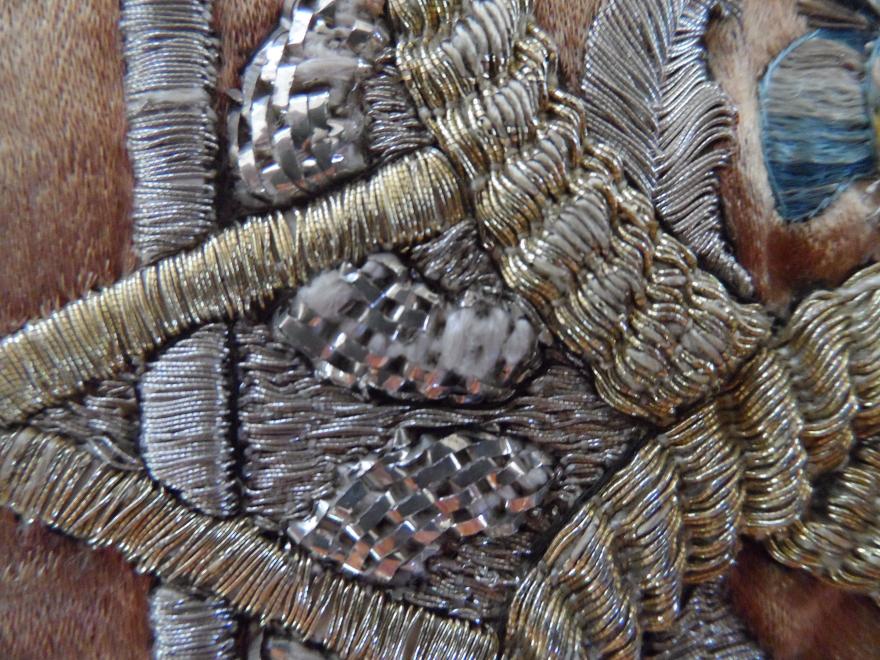
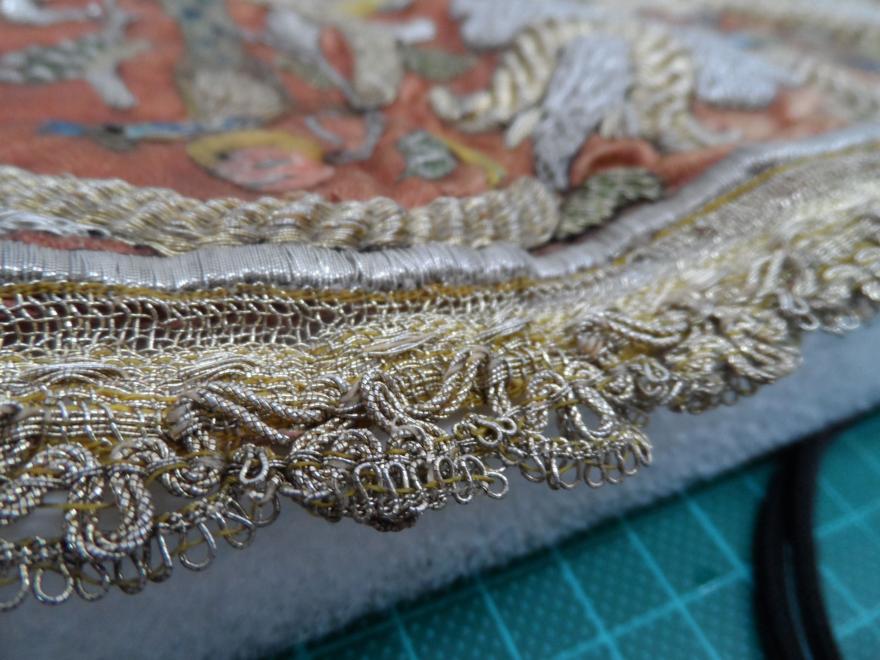
The intricate detail of the bobbin lace edging and the different types of metallic threads used in the design of this textile now shine through strongly, adding texture to the array of exotic fauna and flora bordering the traditional ecclesiastical imagery in the centre, and ensuring its survival well into the future.
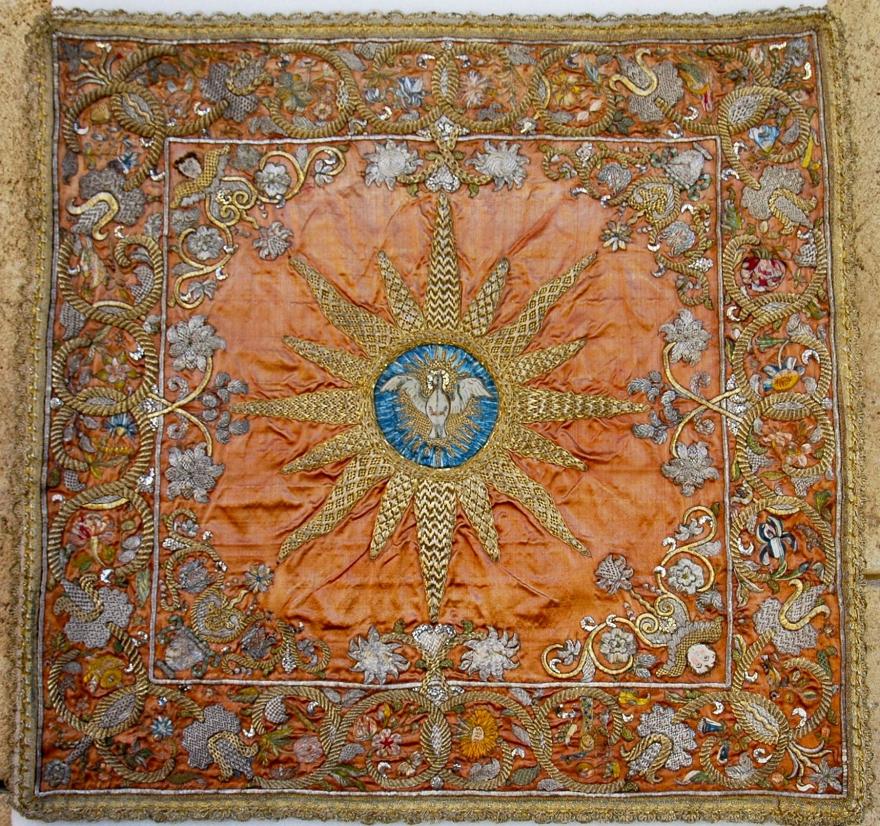
References
MacLeod, I.D. & R.J. Car, (2014), Determining treatment priorities for ecclesiastical textiles using significance and conservation assessments, Journal of Cultural Heritage 15, 628-636
MacLeod I.D., R.J. Car, (2014), Oxidation of dithionite treatment solutions and the effects of pH on fading textile dyes, AICCM Bulletin, 35, 69-78.
MacLeod, I.D., & Car, R.J., (2014), Conservation of a mid-18th-century Italian embroidered ecclesiastical cope and treatment of corroded metal threads using neutral dithionite solutions, In ICOM-CC 17th Triennial Conference Preprints, Melbourne,15–19 September 2014, ed. J. Bridgland, art. 1306, 7 pp. Paris: International Council of Museums, (ISBN 978-92-9012-410-8)
